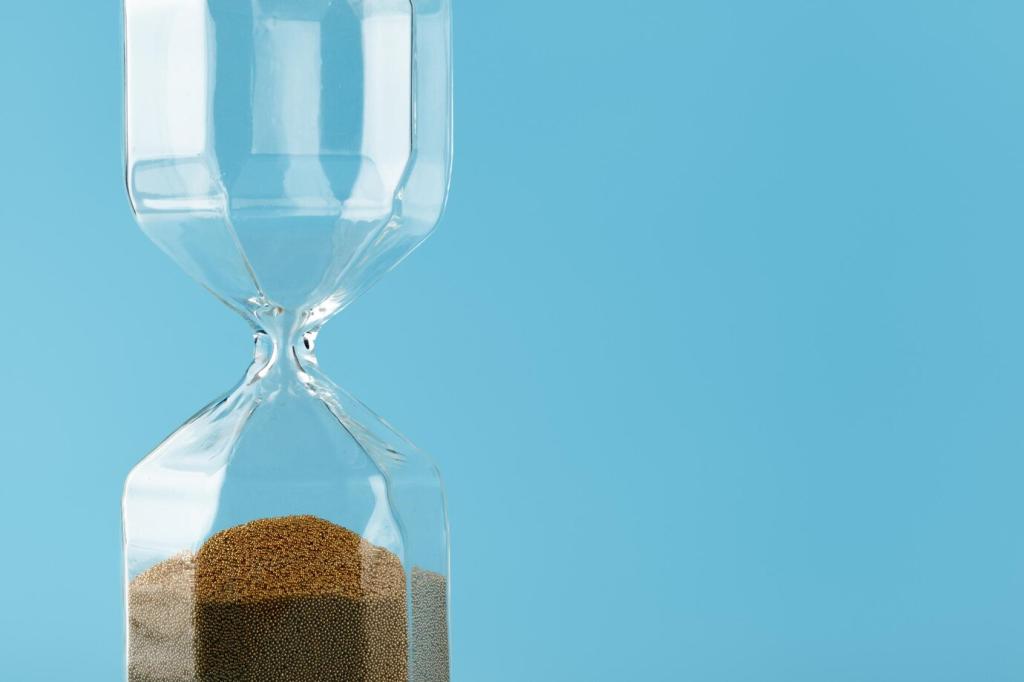A Weeklong Story of Reclaimed Concentration
Track when your mind wanders, which apps lure you, and which tasks flow easily. No judgment, only noticing. Awareness data becomes your blueprint. Comment with one surprising distraction you found and one moment when focus felt unexpectedly strong.
A Weeklong Story of Reclaimed Concentration
Remove one big digital lure each day, add two breathing pauses, and do one mindful walk after lunch. Use short, clearly stated intentions before work sprints. By day five, concentration windows lengthen, and you feel less tugged by notifications and inner chatter.







